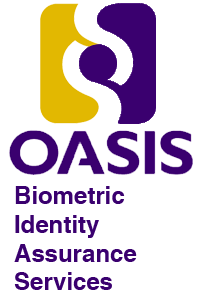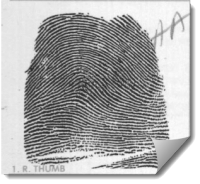Biometric Web ServicesCombining biometrics and web services to enable multimodal biometric interoperability and enhance mobile identification and remote authentication.
Overview"Web services" is a general term given to machine-to-machine communication using the same protocols that underlie the web. The power of web services comes from their deep market penetration. Our computers, cellular phone, set-top boxes (i.e., digital video recorders, cable boxes)—even our alarm clocks—all natively understand these common protocols. By using Web services as a means for interoperability, the capabilities and reach of biometrics is significantly improved. For example, Web services enable
In AVISIAN's Summer 2011 edition of "re:ID" magazine, the article Web services look to revolutionize biometrics provides a non-technical introduction to biometric web services |
Project SponsorsNational Institute of Standards and TechnologyDepartment of Homeland Security, Science & Technology, Standards DivisionFederal Bureau of Investigation, Biometric Center of Excellence
Project Team Greg Fiumara Special thanks to the NIST Comprehensive National Cybersecurity Initiative for their continued support. Contact
Ross J. Micheals | ||||||||||||||
| |||||||||||||||




